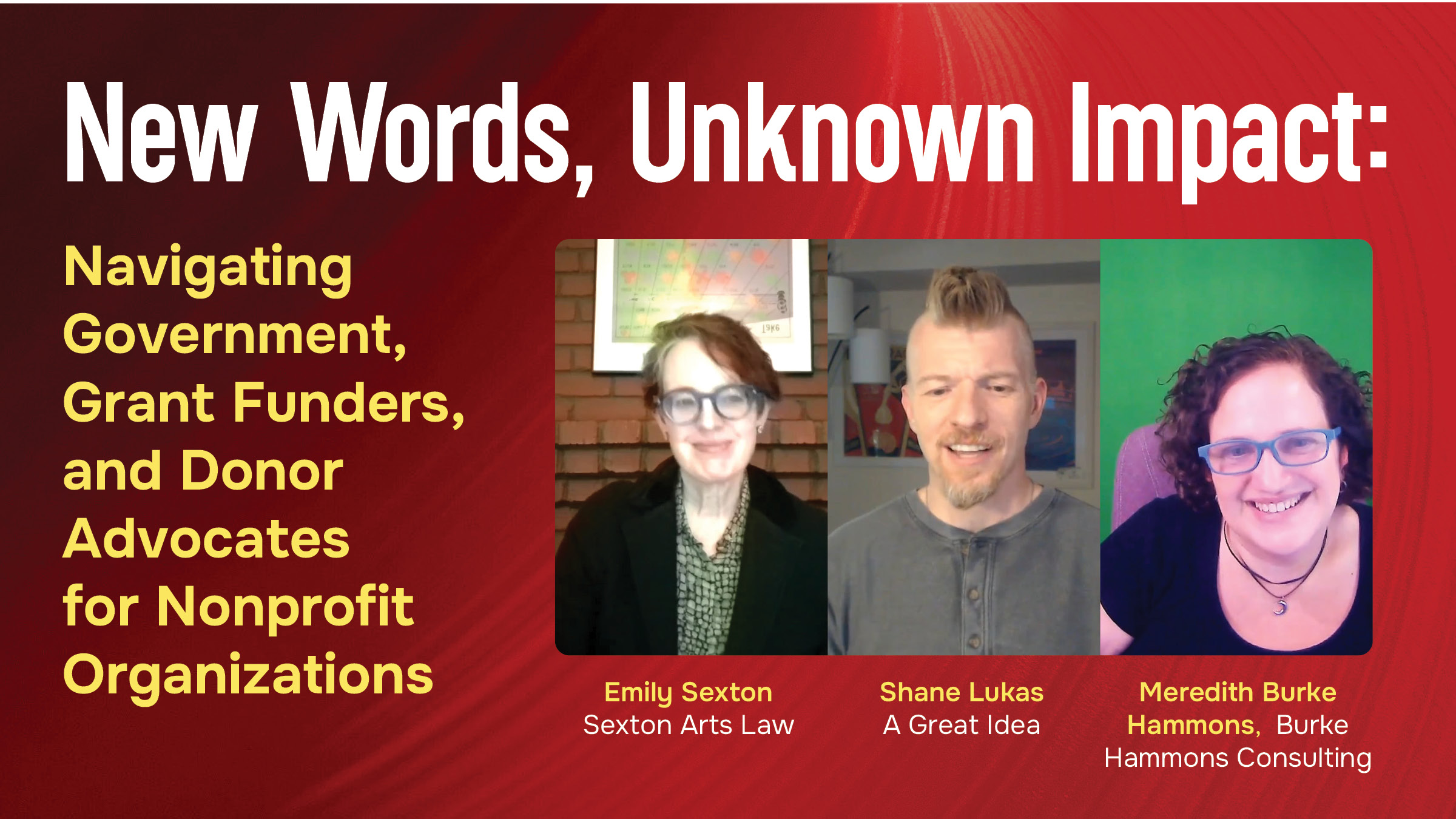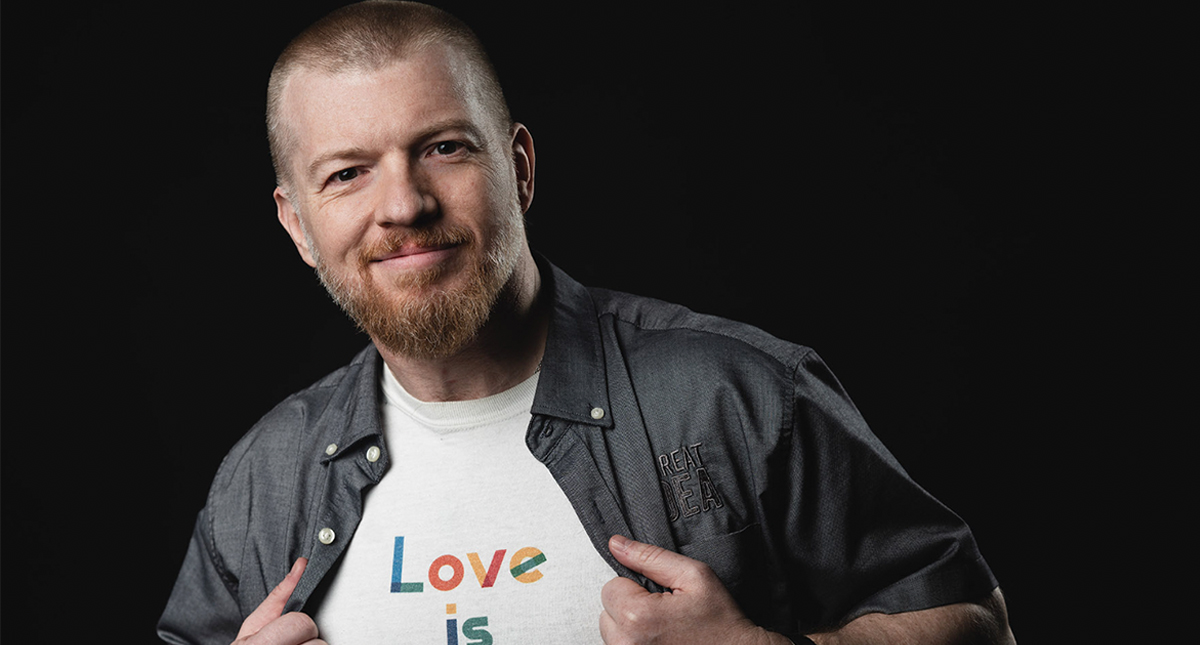The (Mental Health) Care of a Creative

I’ve been reflecting more on the Pantone colors of the year, the stoniness of the grey, and the brightness of the yellow. I just keep thinking a lot about mental health. Working from home, being unable to hug friends and loved ones, mass community deaths, and civic unrest… all of these things have weighed heavy on us as humans. Even while we maintain our professionalism, it can feel overwhelming to compartmentalize. There haven’t been a lot of breaks over the last year. While we keep putting one foot in front of the other, sometimes the tread can feel heavy with grief, frustration, with anxiety. It’s hard to feel like the sun will ever peek out of the clouds. It makes me think a lot about a myth about those in the arts, that we do our best work when we’re emotionally unstable. It’s not true, and it’s often actively harmful. Pain is not a necessary ingredient for creativity and being an artist isn’t inherently torturous. That said, often the creative fields are plagued with expectations and practices that can make someone’s struggle with mental health even more difficult. Many artists are freelancers, something that offers a lot of flexibility but also a lack of stability (and a lack of health insurance). Our hours may be long, and our work is underpaid. It can be a real drag.

Add to that our social stigmas and mistaken beliefs about mental illness, and it can create a perfect storm. Culturally, we romanticize depression or addiction as a driving force for artists, even though many mental health issues stand in the way of creative output rather than enabling it. And that romance is only up to a point - once your mental illness spills over into your relationships with others or your productivity, it is demonized and you are shamed for losing control of yourself. If you lack insurance, and you lack a community you feel safe talking to, it can be hard to manage. In a pandemic, where we are staying at home but still expected to be working, it can feel like too much to bear.
With that in mind, here are some tips to hopefully illuminate your ultimate grey state of mind.
Have realistic work expectations

It’s really useful to set some work hours for yourself to maintain some sense of normalcy. That said, it’s very unlikely that you will be able to pull off an uninterrupted 8hour day when you’re working from home, however, and that can feel really frustrating and emotionally draining. I’ve personally found myself more productive when I work for 45 minutes, take a 15-minute break to make a snack or coffee, go for a walk, stretch, and then work for another 45 minutes. Take your whole break and really enjoy the time away! It’ll help you recalibrate, your body will feel better from getting up and stretching, and when you sit down to work you’ll feel fresh. There may be days you can’t focus - it’s ok! Try something else and come back to it.
Set your rules for engagement in advance

It’s important to set ground rules with the people you work with so that your time is given the respect it deserves. This is especially true if you work from home; just because you’re physically home doesn’t necessarily mean you’re available to chat or step in. It can also mean setting agreements about how quickly emails can be expected to be responded to when you’re available for phone calls, etc. Being interrupted when you’re in the zone can make it more difficult for you to be productive. Negotiate in advance, and you’ll feel more listened to, which will help you be more confident when working on your projects.
Accept that mistakes happen with experimentation, and be kind to yourself

Being a designer means learning new skills, something that is both incredibly fulfilling and sometimes difficult. It may take hearing new information in a few different ways before you really master it. That’s ok! Mistakes are a natural part of the process of learning and helps show your growth as you advance. Your ambition and your skills may not be in the same place, but that only means you have something to work towards. Try not to put yourself or your work down as you evolve. Be kind to yourself as you practice and learn. And be patient with other people as well, especially if you’re doing a project that will change a brand they’re familiar with! Take critiques as a sign of trust, that they believe you will hear them, rather than as something to be defensive around. Whether as a consumer, as an artist, or as a client, we struggle with change, but given time, we adapt. Making design your profession can be challenging, but it can also be really rewarding. It’s certainly not for everyone, and many people stick to it because they have a passion for it. Hopefully, these tips will help you retain your passion without burning out. You deserve to enjoy your work!
By Shane Lukas, Advocacy Expert for A Great Idea




